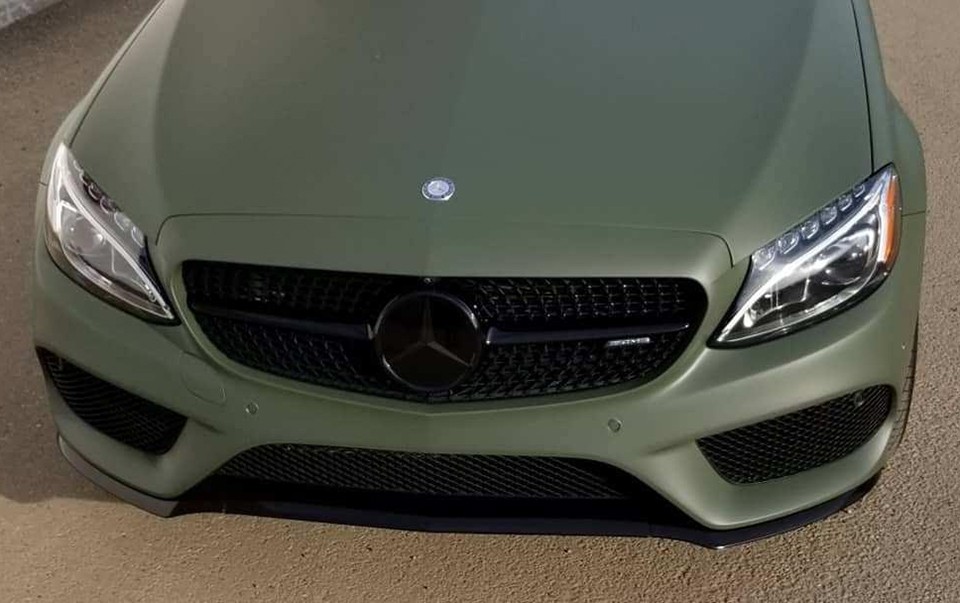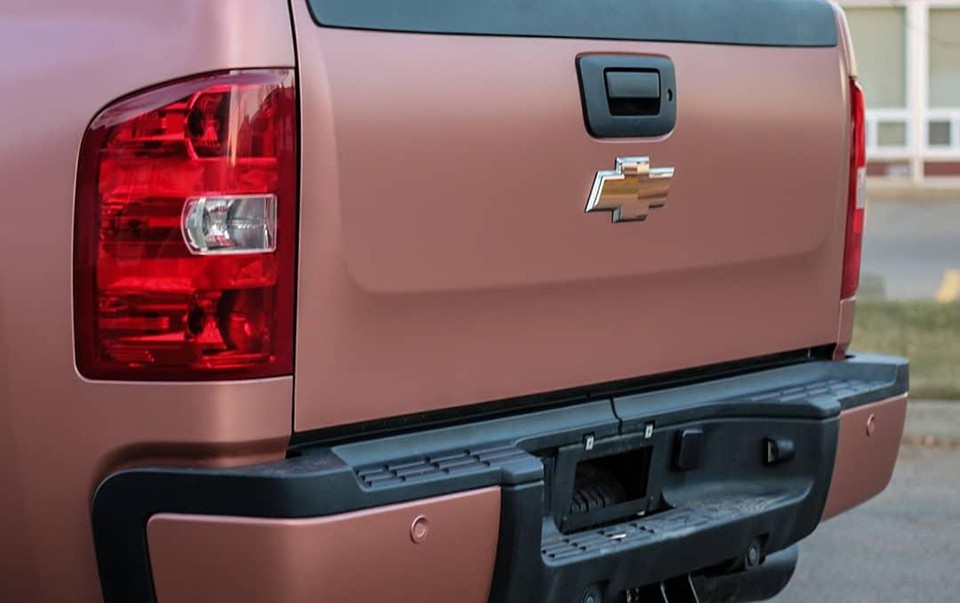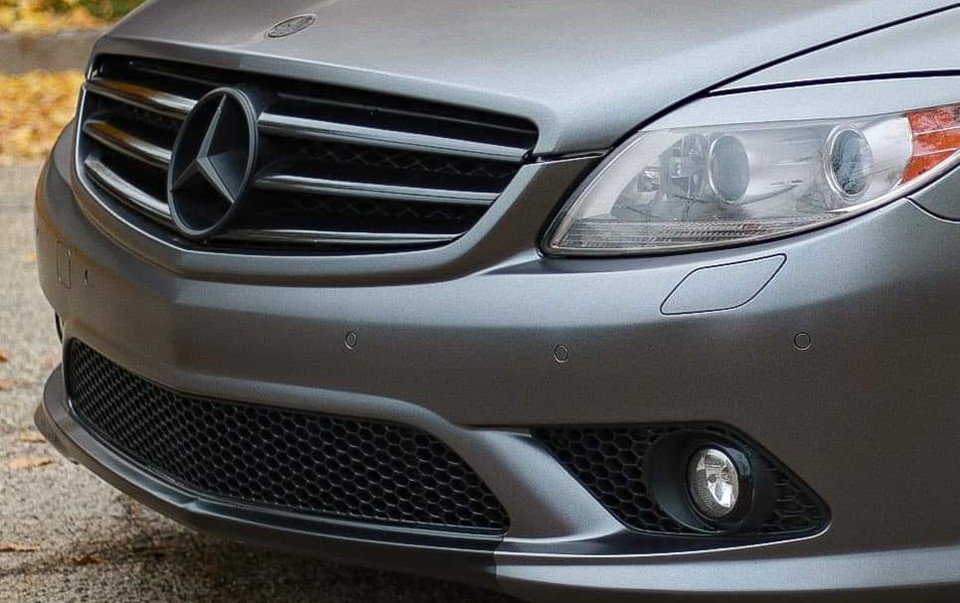Recently on a trip to Edmonton, Alberta in Canada, I noticed ice and road debris on the back of a car at an intersection. I asked Ryan Nopps, of Nopps Wrap Inc. in Edmonton, if he had ever run into issue with sensors due to weather and wraps.
“I’ve wrapped parking sensors several different ways. Not once, have I ever had any issues with them not functioning normally. I have removed and wrapped, wrapped directly over with a tuck and trim technique and cut separate pieces to do each individually, and the film has not affected functionality,” said Nopps. “When wrapping chrome, I will individually wrap the sensor in a black material. This will insure the sensor works properly if the metallized layer causes interference.”
In 9 years of installing vehicle wraps, he has yet to have a car come back for an issue with the sensor.
Wrapping the parking sensor adds that extra touch and completes the wrap, and whether you choose to wrap in the same color or a contrasting color, you’ll have created an individualized and creative work of art. The choice is ultimately up to the installer; make safety a priority, and always verify the sensors work accurately before releasing the vehicle to its owner.




